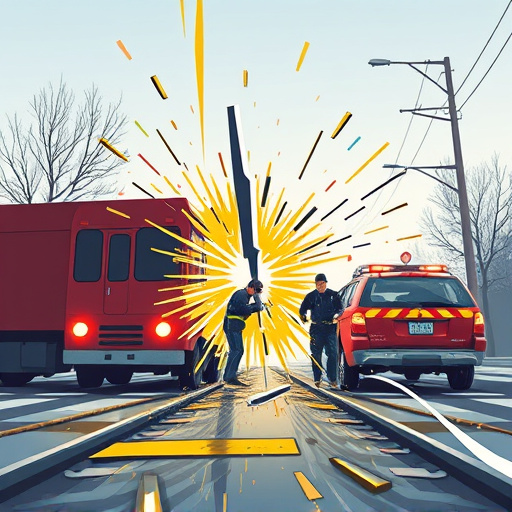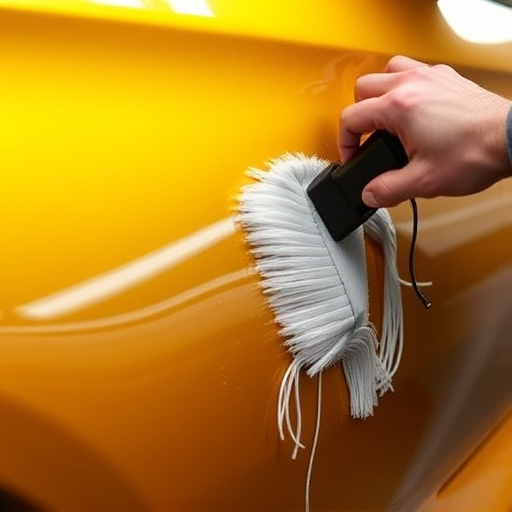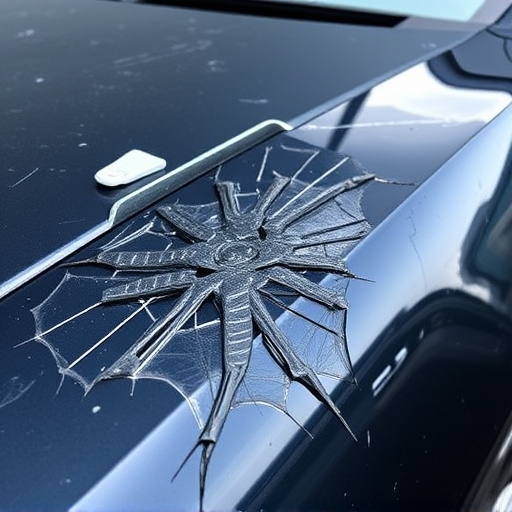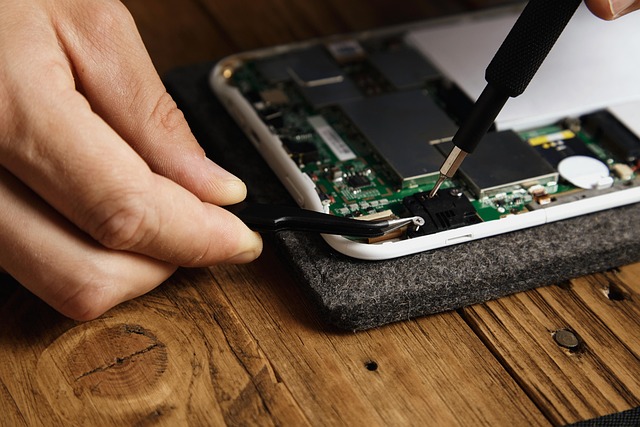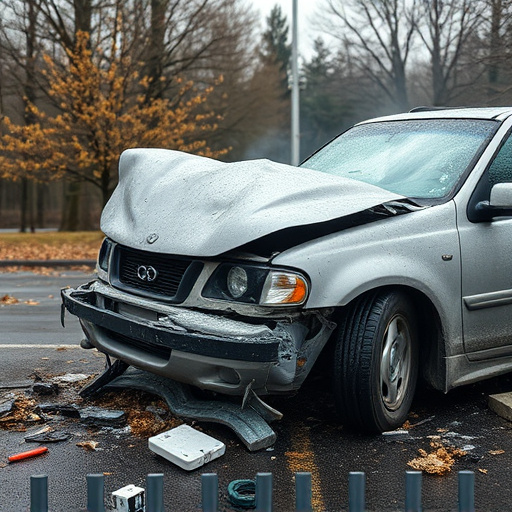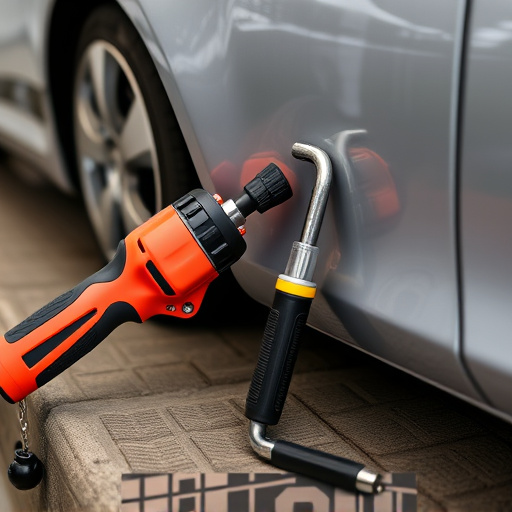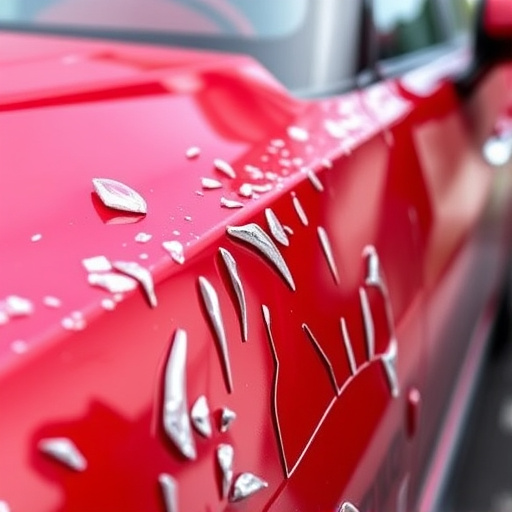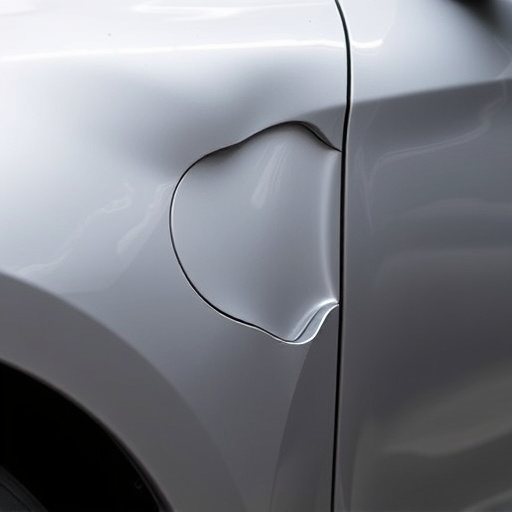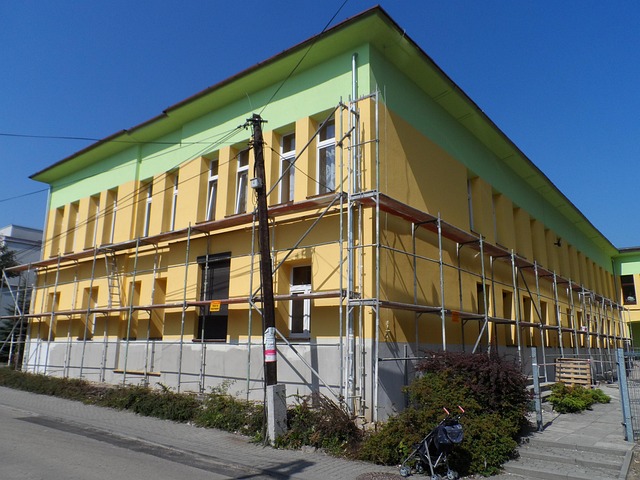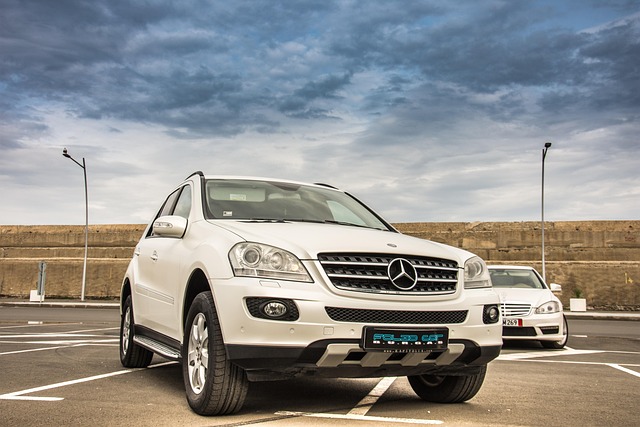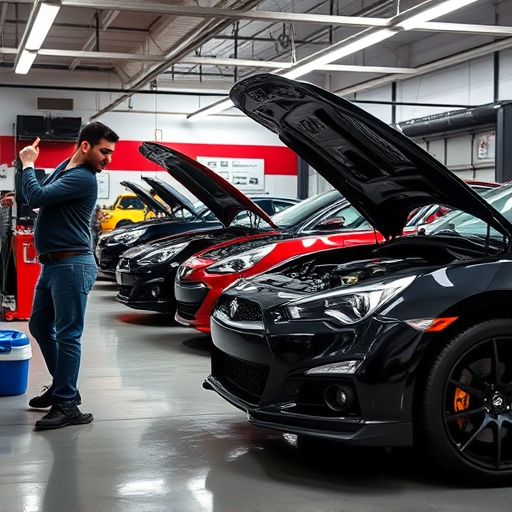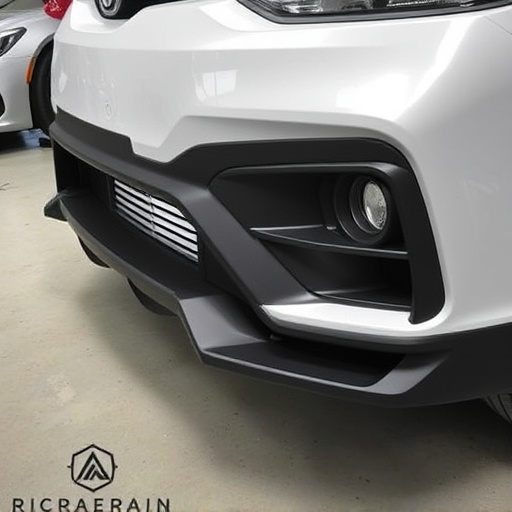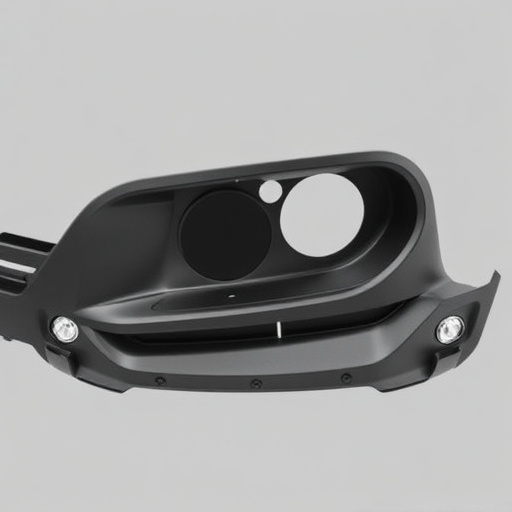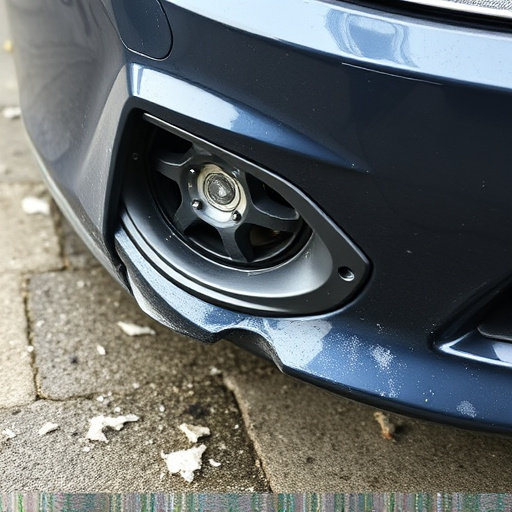Mercedes-Benz relies on advanced factory welding methods, integrating laser and robot-assisted techniques for robust load path reinforcement. Their meticulous approach, combining specialized equipment and trained technicians, ensures precise welds maintaining structural integrity, safety, and aesthetics. This precision is further enhanced by rigorous Quality Assurance processes including Non-Destructive Testing, guaranteeing every weld's structural soundness and visual appeal.
Mercedes-Benz, renowned for its automotive excellence, employs sophisticated welding techniques to ensure precision and structural integrity in its vehicles. This article delves into the advanced Mercedes factory welding methods specifically tailored for load path reinforcement. We explore their unique welding philosophy, focusing on laser and robot-assisted technologies that drive automotive production efficiency. Additionally, we uncover quality assurance practices through non-destructive testing, guaranteeing the superior craftsmanship inherent in every Mercedes build.
- Understanding Mercedes' Welding Philosophy for Load Path Reinforcement
- Advanced Techniques: Laser and Robot-Assisted Welding in Automotive Production
- Quality Assurance: Non-Destructive Testing Methods After Factory Welding
Understanding Mercedes' Welding Philosophy for Load Path Reinforcement
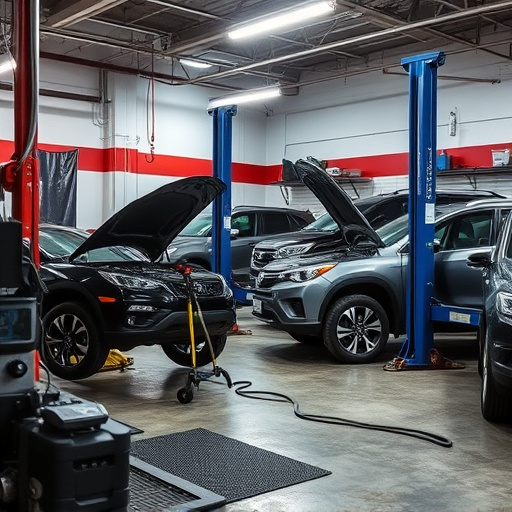
Mercedes-Benz is renowned for its commitment to precision engineering, and this philosophy extends to their manufacturing processes, particularly when it comes to load path reinforcement using factory welding methods. The brand’s approach emphasizes structural integrity and long-term durability, ensuring that each vehicle can withstand various driving conditions and external forces. By employing advanced welding techniques, Mercedes ensures a seamless fusion of components, creating a robust framework that supports the entire car structure.
The company’s expertise in auto body repair services and frame straightening is evident in their welding methodology. They utilize specialized equipment and highly trained technicians to deliver precise welds, maintaining the vehicle’s original design integrity. This meticulous process involves carefully selecting the appropriate welding methods for different materials and load path requirements, ensuring optimal performance and safety without compromising aesthetics.
Advanced Techniques: Laser and Robot-Assisted Welding in Automotive Production
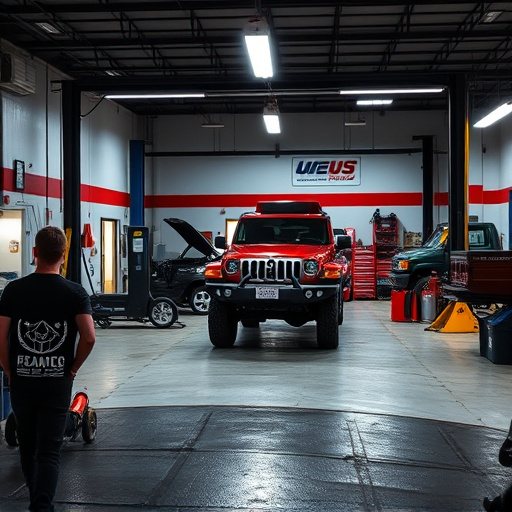
In modern automotive production, Mercedes factory welding methods have evolved to incorporate advanced techniques such as laser and robot-assisted welding. These innovations significantly enhance precision and efficiency in load path reinforcement, ensuring structural integrity and safety. Laser welding, for instance, allows for highly precise, clean, and fast welds, reducing the risk of heat-induced damage to surrounding materials. Robot-assisted systems further refine this process by offering unparalleled consistency and repeatability, crucial for complex car body repair and seamless assembly lines.
This integration of cutting-edge technology in Mercedes factory welding methods not only streamlines production but also improves overall vehicle quality. Advanced welding techniques are instrumental in addressing intricate design elements, ensuring that every vehicle meets the highest standards of performance and aesthetics. Moreover, these methods play a pivotal role in scratch repair and car body repair services, contributing to the longevity and value of vehicles throughout their lifespan.
Quality Assurance: Non-Destructive Testing Methods After Factory Welding
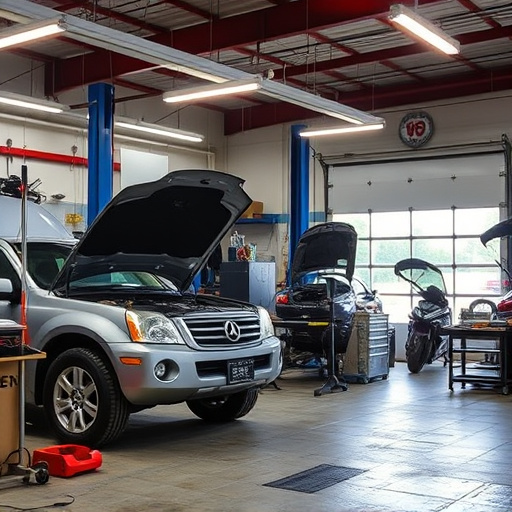
After Mercedes employs its meticulous factory welding methods for precision load path reinforcement, a robust Quality Assurance (QA) process ensures that each vehicle undergoes rigorous testing to maintain superior craftsmanship and safety standards. Non-Destructive Testing (NDT) plays a pivotal role in this stage, allowing technicians to inspect the welds without causing any damage to the car’s structure—a significant advantage over traditional methods, especially in the context of high-quality car bodywork services and vehicle collision repair.
NDT techniques such as ultrasonic testing, radiographic imaging, and magnetic particle inspection enable experts to uncover potential flaws or imperfections that might be invisible to the naked eye. This meticulous approach guarantees that every Mercedes undergoes stringent QA checks, ensuring that each weld is not only visually appealing but also structurally sound, aligning perfectly with the brand’s reputation for precision and reliability in car paint repair and beyond.
Mercedes’ commitment to precision engineering is evident through its advanced factory welding methods, particularly in load path reinforcement. By incorporating laser and robot-assisted welding techniques, the brand ensures structural integrity and enhanced performance across its vehicle lineup. Furthermore, rigorous non-destructive testing post-welding guarantees the highest quality standards, aligning with Mercedes’ reputation for excellence. These state-of-the-art practices not only meet but exceed industry expectations, solidifying Mercedes as a leader in automotive production innovation.
